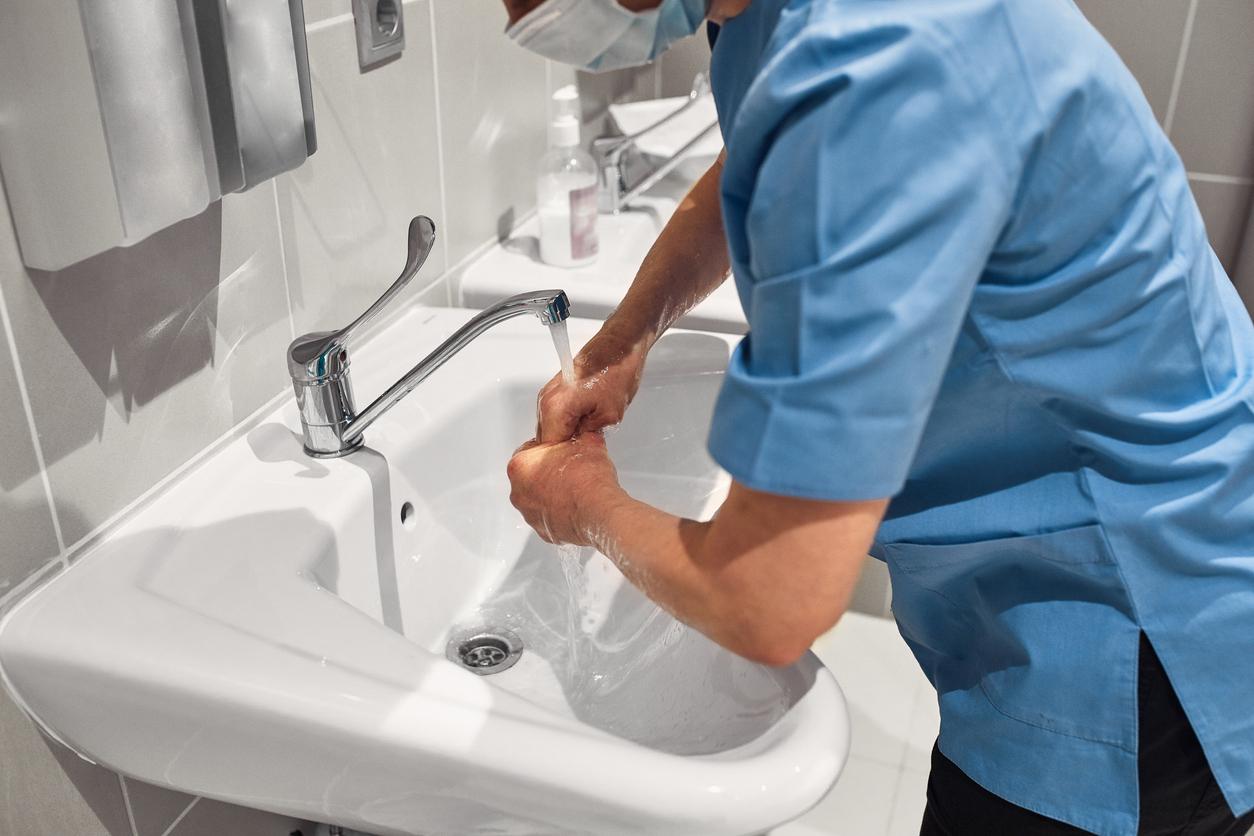The presence of dogs alongside patients admitted to the emergency room of a hospital made it possible to reduce the level of their pain felt.

- The experiment consisted of placing emergency patients for 10 minutes in the presence of a dog and its trainer.
- At the end of this short time, the patients affirmed that the level of their felt pain had decreased
What if patients were one day greeted in hospital emergency departments by teams accompanied by dogs? An experiment conducted in Canada and published in the journal Plos One shows that the presence of these animals has a positive effect on the level of pain felt by patients and also brings a form of comfort to caregivers!
The scientists who carried out this work analyzed the situation of 200 people admitted to the emergency department of a Canadian hospital. They collected from each patient an evaluation of the pain felt on a scale of 1 to 10. They then proposed to these patients, before any other form of care, to spend ten minutes in the company of a dog accompanied by his trainer. Result: the people who had agreed to participate in this experiment all said that their pain felt was less after these moments of “caninotherapy”.
Support for patients and comfort for caregivers
This did not surprise the nursing staff of the establishment: “In the emergency room, we are sometimes desperate in the face of our inability to achieve our goals of effective patient care and a multi-faceted approach is beneficial to meet their needs.“, told CNN Mike MacFadden, a nurse at the hospital where the study took place. And this health professional to specify that “the presence of a dog contributes both to providing support to the patient but also comfort to the caregivers“. A way of expressing the need for support for health personnel on whom the anguish of the pandemic and often a certain lack of means has weighed.
As for the question of whether this animal presence within a health establishment could represent a problem, because of the diseases which can be carried by dogs, the authors of the study provide a formal answer: it is, according to them , quite possible for caregivers to use canine therapy while complying with hospital health standards.
.
















